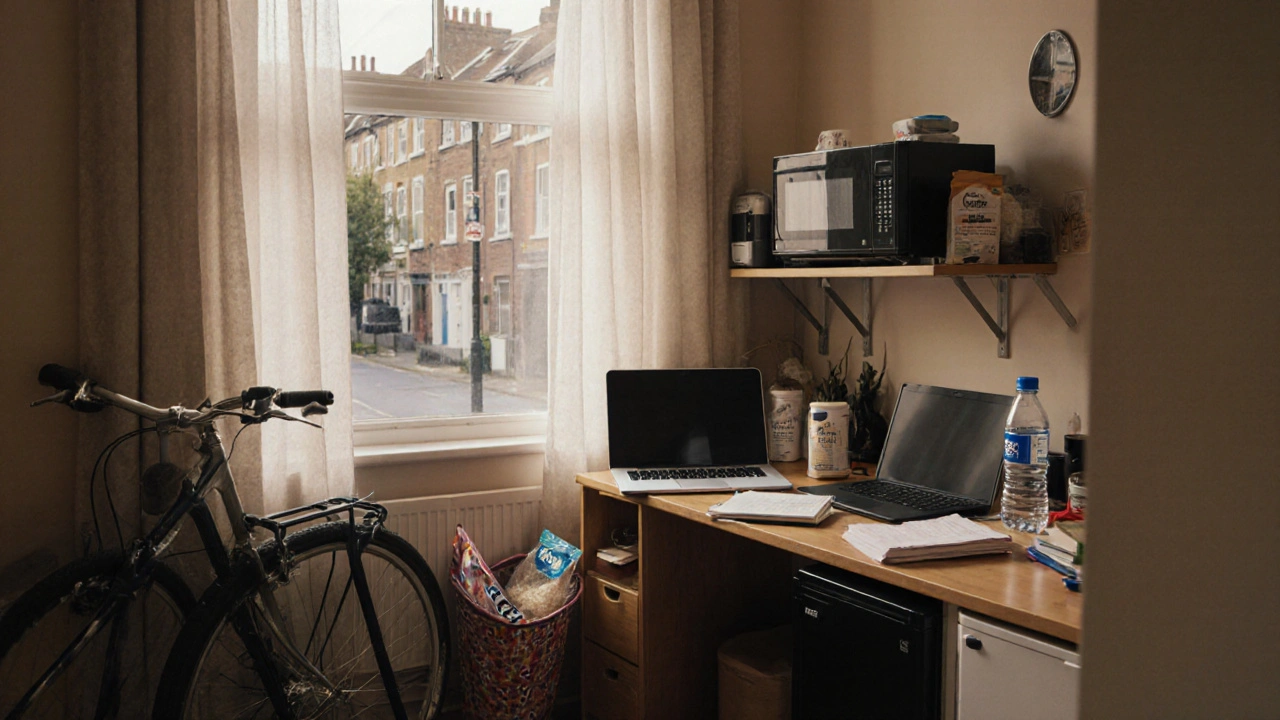London living expenses: Real costs for rent, food, transport, and more
When people talk about London living expenses, the total cost of housing, food, transport, and daily needs in the city. Also known as cost of living in London, it’s not just about rent—it’s about how far your paycheck stretches across a city that never sleeps. You can’t just look at salary numbers. You need to know what £3,000 a month actually buys you when you’re paying for a tiny flat in Zone 2, a monthly Oyster card, and groceries that don’t come from a discount bin.
Take rent in London, the biggest chunk of most people’s monthly budget. Also known as London housing costs, it’s the first thing that hits you. A one-bedroom in Zone 3 might set you back £1,800. In Zone 1? Try £2,500. That’s before bills. And forget the idea of a garden or a decent-sized kitchen—most people live in spaces smaller than a parking spot. But here’s the twist: rent isn’t the only thing that drains your wallet. London transport costs, how much you pay to move around the city every day. Also known as TfL expenses, add another £100–£160 a month just to get to work. Even with a cap, it adds up fast. And if you’re not careful, a £5 Tube overcharge turns into £60 a year you didn’t plan for.
Then there’s food prices London, what you spend eating every day, whether you cook or grab takeout. Also known as grocery and dining costs in London, it’s where you can save big—if you know where to look. A sandwich from a chain? £7. A vegan bowl from a market stall? £4.50. A pack of pasta and sauce from Tesco? £2.50. You don’t need to eat out to survive. The people who stretch their budgets the most? They cook. They shop at discount grocers. They know which supermarkets have the best evening deals. And yes, there are entire communities built around eating well for under £30 a week. It’s not about being fancy. It’s about being smart.
You’ll find posts here that break down exactly how students manage rent on a loan, how vegans eat full meals for under £5, how to claim back overcharges from TfL, and where to find the cheapest dim sum in the city. These aren’t theory pieces. They’re real-life playbooks from people who’ve lived it. Whether you’re moving here next month or just trying to make ends meet this year, the answers aren’t in brochures. They’re in the details—what people actually pay, where they shop, and how they stretch every pound. What follows isn’t a list of tourist traps. It’s a map to surviving, and even thriving, without going broke.
